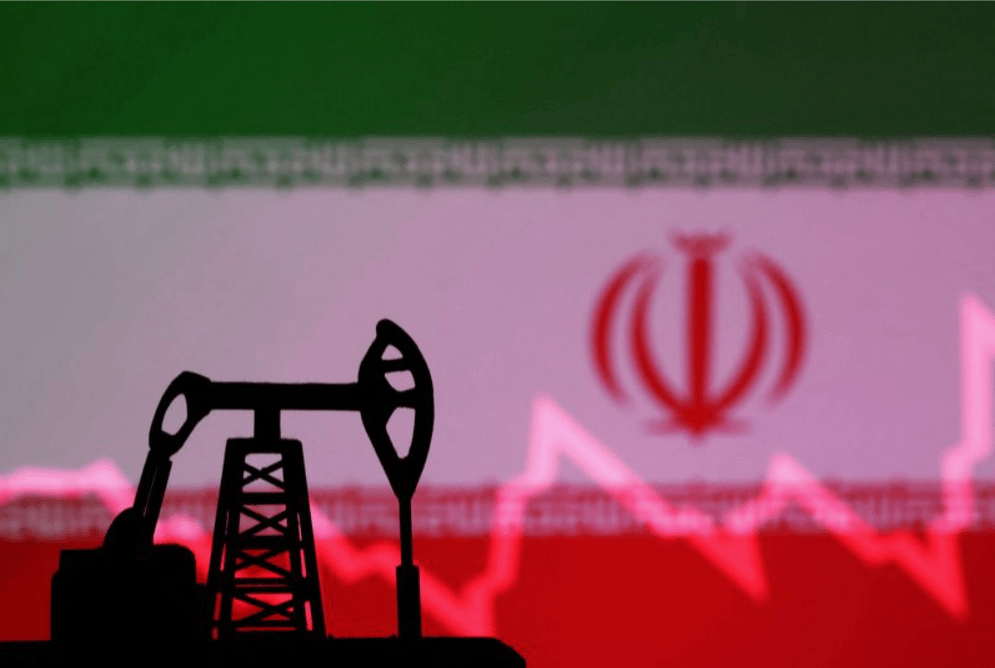Brent and WTI Oil Prices Rise Amid Escalating Iran-Israel Conflict
Oil prices continued their upward trajectory during Wednesday’s Asian trading session, extending a sharp rally from the previous day. The market’s focus remains on the escalating conflict between Iran and Israel, which has raised fears over potential disruptions to global crude supply routes in the Middle East—a region that accounts for roughly a third of the world’s oil output.
📈 Risk Premiums Return as Supply Concerns Deepen
Crude futures extended gains for a second session as geopolitical risks amplified investor demand for energy commodities.
Brent crude futures rose by $0.26 (0.3%) to $76.71 per barrel, while West Texas Intermediate (WTI) gained $0.35 (0.5%), trading at $75.19 per barrel by 04:40 GMT. The rebound follows a notable 4% rally in the prior session, reflecting renewed risk premiums being priced into oil benchmarks.
The ongoing air conflict between Iran and Israel, now in its sixth consecutive day, has intensified concerns about potential attacks on key shipping routes, such as the Strait of Hormuz—a vital chokepoint through which over 20% of the world’s seaborne crude passes.
Markets were further stirred after former U.S. President Donald Trump made a sharp statement urging Iran to agree to "unconditional surrender," which analysts interpreted as a signal of potential U.S. reengagement in the region’s military dynamics.

📌 Quick Facts:
✔️ Brent crude up $0.26 (0.3%) to $76.71/barrel
✔️ WTI crude up $0.35 (0.5%) to $75.19/barrel
✔️ Price action follows 4% surge in previous trading session
✔️ Geopolitical risk premium resurfaces amid Iran-Israel hostilities
✔️ Markets eye potential supply disruptions via the Strait of Hormuz
🌐 Extended Outlook: Market Sentiment, Expert Commentary
Market analysts are closely watching whether the regional conflict will escalate into broader military engagement, which could jeopardize oil exports from Iran or lead to retaliatory attacks on allied infrastructure across the Persian Gulf.
According to energy analysts at several global trading desks, the market is not yet pricing in full-scale supply disruption, but the current trajectory is “highly sensitive” to both diplomatic language and military activity.
The oil market’s reaction illustrates the return of geopolitical price shocks, a dynamic that had largely faded in recent years amid supply resilience from non-OPEC producers such as the U.S., Brazil, and Canada. However, with OPEC+ production cuts still in place and inventories near multi-year lows, the room for shock absorption remains limited.

🔑 Key Developments:
Conflict Duration: Six consecutive days of military confrontation between Iran and Israel
Strategic Threat: Risks to Strait of Hormuz heighten oil route vulnerability
Risk Premiums: Return of geopolitical pricing amid low global stockpiles
U.S. Policy: Trump’s intervention adds uncertainty to diplomatic expectations
OPEC+ Cuts: Reduced supply buffers may exacerbate volatility if conflict spreads
📊 Geopolitical Risks Reignite Oil Market Volatility
The sharp rebound in oil prices underscores the market’s heightened sensitivity to Middle East instability. While physical supply has not yet been disrupted, the conflict’s geopolitical footprint is increasingly driving price discovery.
As uncertainty looms over diplomatic and military outcomes, energy traders are recalibrating their models to include risk premiums—reintroducing volatility into a market that had grown relatively immune to political shocks.
Unless tensions ease significantly, oil benchmarks like Brent and WTI may remain elevated or see further spikes, especially if strategic assets or transit routes face direct threats.















Comments
In a dynamic digital economy, moves like this set the tone for scalable and intelligent automation solutions
Momentum in automation investments reflects broader confidence in long-term technological disruption